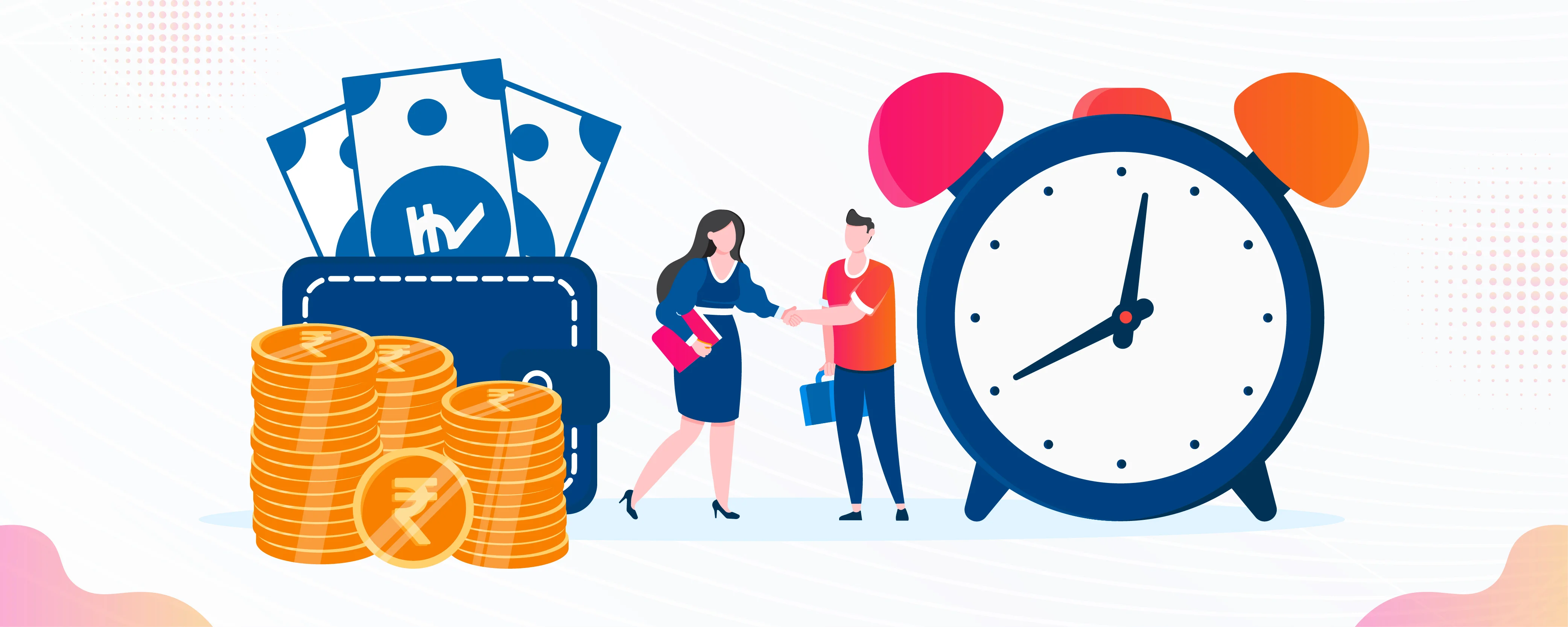Blogs
Services
Understanding Customer Lifetime Value: A Complete Guide
Aug. 20, 2024

Customer lifetime value is a metric that provides insights into various factors, including each customer's profitability and overall experience with your brand. This key performance indicator is a great way to look into the customer relationship with a brand, which many other metrics fail to measure.
So, it's not a transactional metric but a comprehensive one as it has a lot to tell a brand about its customers. But do you know how to calculate it or what a CLV comprises? If not, then here's a complete guide for you to understand it.
Customer Lifetime Value: An Overview
It refers to the total value a customer brings to your business over the entire time they interact with your brand, from the start of their relationship to the end. So, it includes the initial customer transactions, historical transactions, current ones, and future ones. When we do a total of all these transactions, we get the customer's Lifetime Value. It lets the brand understand the total revenue from a customer and the time it took to earn that revenue. Now, there are two types which are:
Historic
As its name suggests, this CLV is found by adding the customer's historical spending. For instance, if a customer is buying your platform's subscription for the last six months and it costs ₹250 per month, then the historic Customer LV will be ₹1500.
Predictive
Predictive CLV, however, is different because it can't be accurately calculated. It is used to predict the future spending that a customer may make and the timespan they make these transactions. However, with technological advancements and new algorithms, it has become easier to project nearly accurate predictive Customer LV.
How Does It Differ from Other Metrics?
How to Calculate Customer Lifetime Value?
You can calculate the lifetime value of a customer with the help of a few key factors. So, here we've outlined the basics of calculating it.
Simple Formula
The most straightforward way to calculate CLV is as follows:
Customer Lifetime Value = Customer Revenue per Year × Duration of the Relationship in Years − Total Costs of Acquiring and Serving the Customer
This formula works well when the numbers remain fairly consistent each year.
Advanced Calculations
There can be more complex situations, such as larger companies with diverse products and business models. In such cases, calculating CLV can be more challenging. Hence, it needs to consider various customer interactions and expenses.
In fact, some companies may not calculate Customer LV due to challenges like segregated teams. It can even be due to inefficient systems or broad marketing efforts. However, it can be easier to calculate it if data from all parts of the organization are integrated into one place.
Four Steps to Measure It
Identify Touchpoints - You should determine where the customer creates value throughout their journey with your business.
Integrate Records - Combine data from various departments. It will help to map out the complete customer journey.
Measure Revenue at Each Touchpoint - Track the revenue generated at each stage of the customer journey.
Sum Over the Customer's Lifetime - Add up the total revenue generated throughout the entire relationship with the customer.
Challenges in Measuring It
Data Integration
Integrating data from different departments is a common challenge when measuring Customer LV. Departments like sales, marketing and finance often use separate systems. Hence, it can become difficult to get a complete view of your customer's interactions and costs.
Changing Customer Behaviour
Customer preferences and behaviours can shift over time. As a result, it can create complications when calculating the lifetime value of a customer. Furthermore, predicting future behavior based on past data is also challenging.
Attribution of Revenue and Costs
It can be tricky to determine how much revenue and cost should be associated with each customer interaction. Also, accurate attribution needs detailed tracking. Besides, it can get more complicated by multi-channel. interactions
Importance of Customer Lifetime Value
Cost-effective
Tracking CLV is important because it can help you reduce costs. It is also because keeping existing customers generally costs less than trying to get new ones. Moreover, focusing on increasing the CLV of your current customers will help to grow your business more efficiently.
So, you should not spend a lot of money on attracting new customers. Instead, you can invest in understanding what makes your existing customers happy and loyal. Thereby, you can do more of those things to get more value from your current consumer base.
Identifying and Preventing Customer Churn
CLV is a very useful metric. It helps you to identify early signs of customer churn. Hence, you can take action in time to prevent it from happening. For example, you can notice a decline in Customer Lifetime Value if your customers are not renewing their subscriptions. In such cases, you can consider enhancing your loyalty program. It will result in you winning them back.
Moreover, you can also improve customer support. In fact, you can even ramp up your marketing efforts around the renewal periods. It encourages your customers to continue using your products or services. So, these strategies can help to increase your customer’s lifetime value and also boost your business revenue.
Finding and Replicating Your Best Customers
Wrapping Up
Customer lifetime value is a metric that provides insights into various factors, including each customer's profitability and overall experience with your brand. This key performance indicator is a great way to look...
